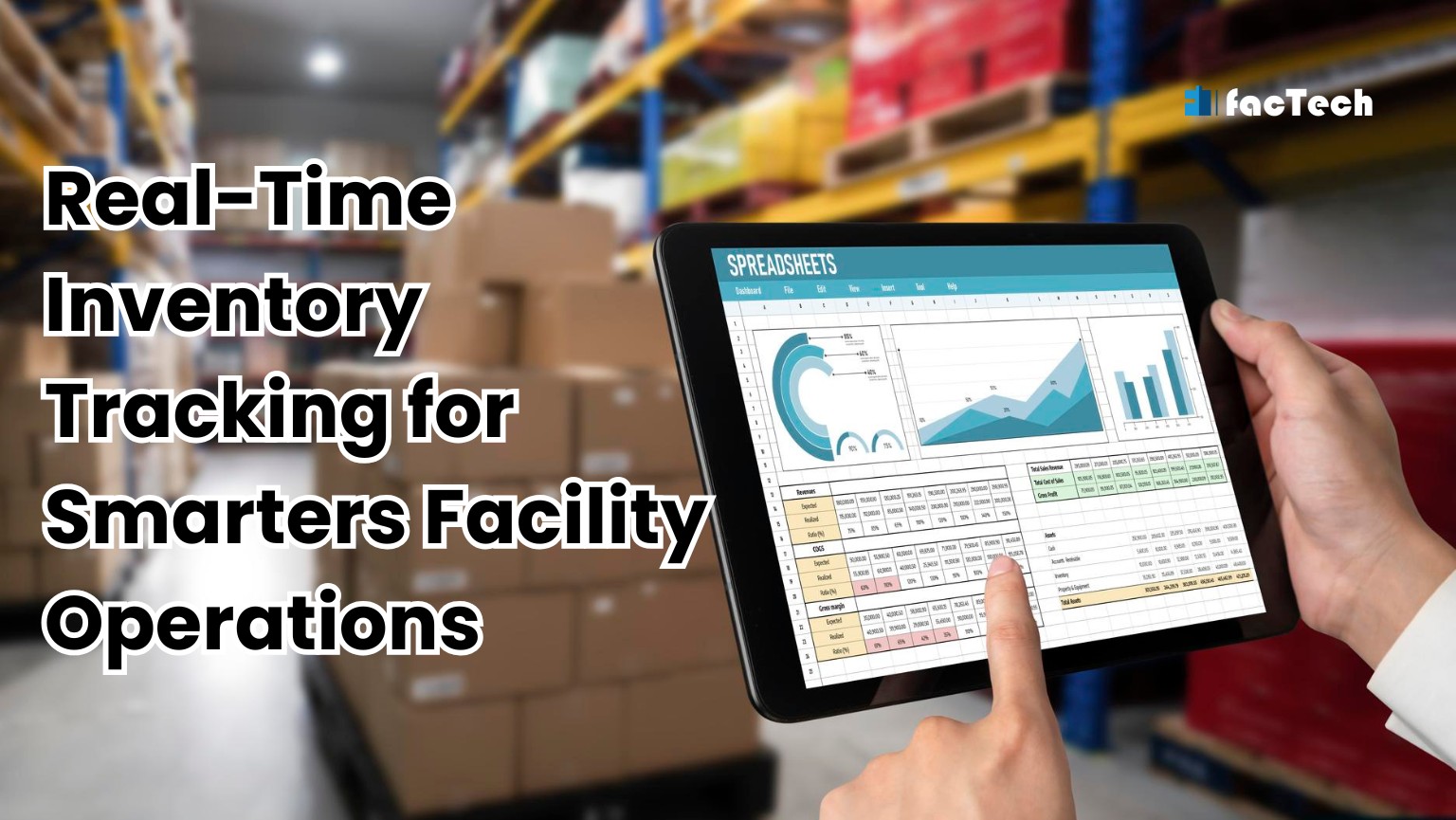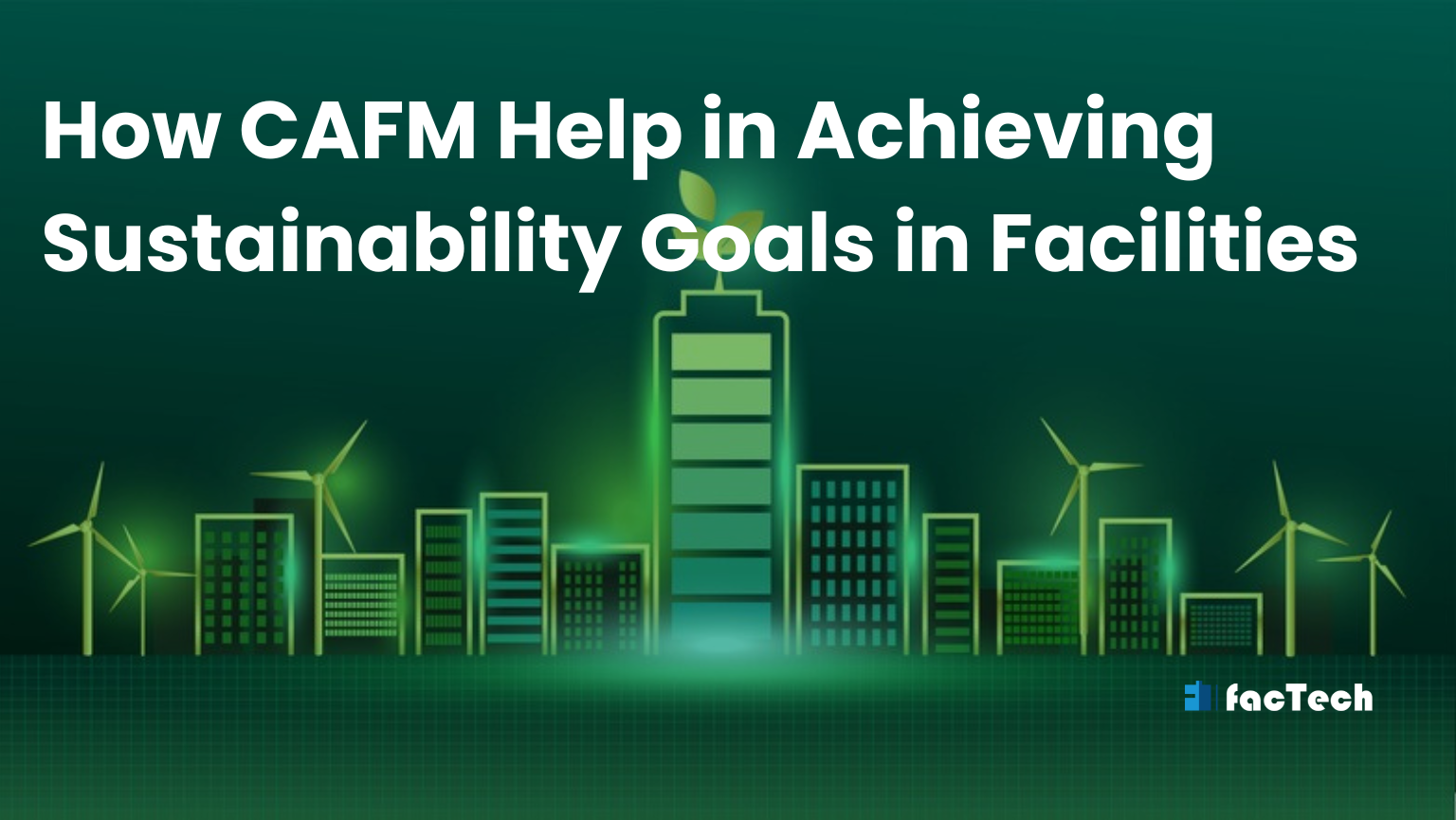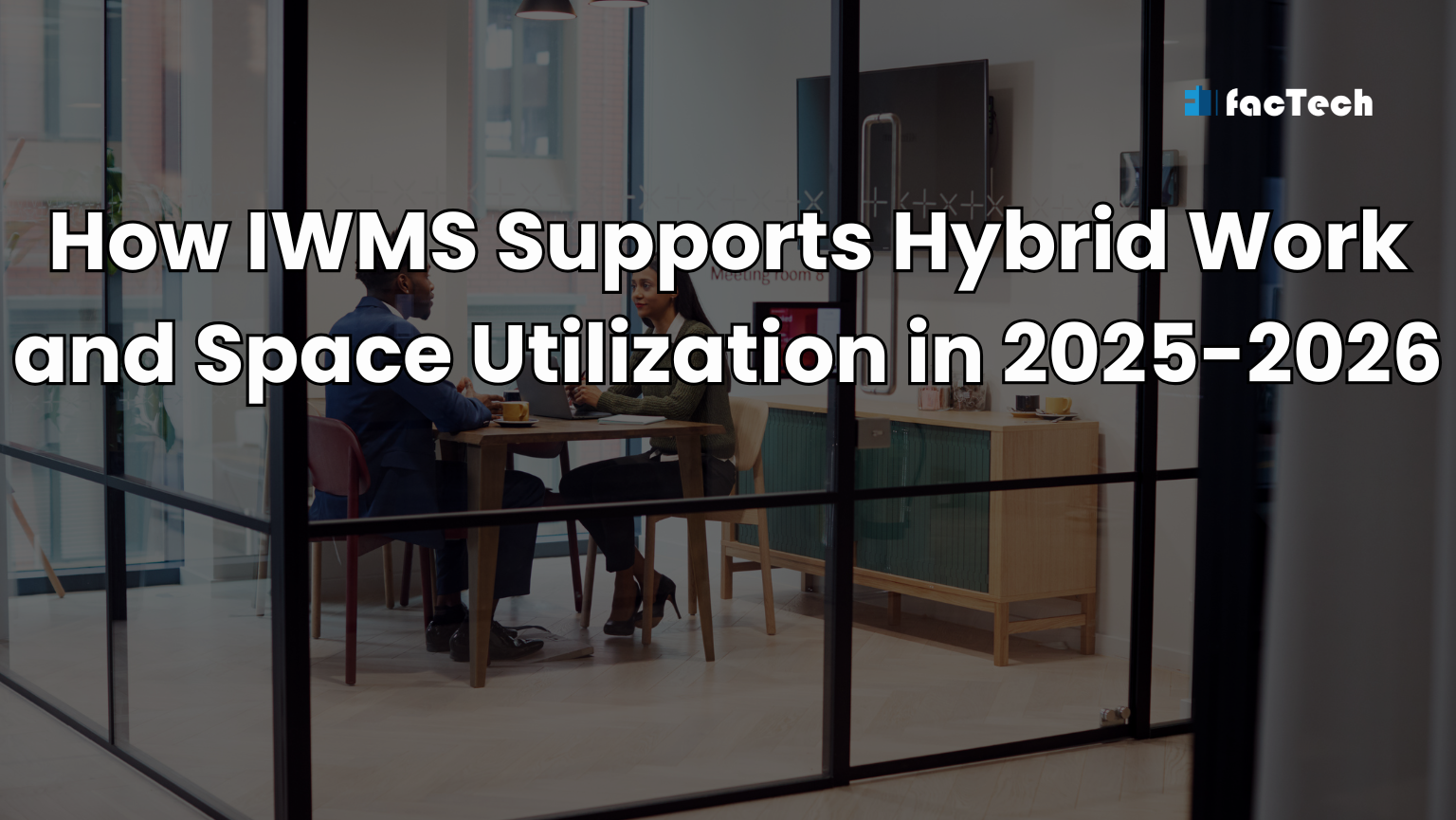Cognitive Maintenance & Smart Facilities Management
Buildings are no longer only solid constructions made of brick and steel in the fast-changing world of modern infrastructure. They are turning into “Smart Buildings,” which are dynamic ecosystems that make data. The Internet of Things (IoT), Big Data, and Artificial Intelligence (AI) are all coming together to make this change happen. Smart Facilities Management (Smart FM) is at the center of managing these complex environments, and its most advanced form is cognitive maintenance.
This blog post will go into detail on what cognitive maintenance is, how it is changing the job of the facilities manager, and why getting a full smart facility management system is more than simply an upgrade; it’s a must-have for staying ahead of the competition.

What is Smart Facilities Management?
Smart facilities management means leveraging cutting-edge technology like the Internet of Things (IoT), AI, and automation to make buildings run better and be easier to maintain. It lets building managers get and look at real-time data from linked systems and devices, such as HVAC, lighting, and security, so they can make decisions based on that data. Smart facilities management changes the focus from fixing things after they break to making things better before they break. This gives you better control and fewer surprises.
Also read: How IoT and AI are Revolutionizing Facility Management
Important Parts of Smart Facilities Management
It’s not enough to just use technology for smart facilities management; you also have to make sure that these technologies operate well together. Here are the most important things that make up a smart facilities management approach.
Automation and Robotics
Automation and robotics make smart facilities management even better by cutting down on the need for people to do mundane chores. Automated systems can change the lighting, HVAC, and security based on predefined preferences or data that comes in in real time. Robots can do things like clean, deliver, or even make small repairs, which lets workers focus on more difficult jobs. Automation lowers the chance of making mistakes, which keeps systems running smoothly and efficiently all the time.
AI-Powered Systems
AI-powered systems make facilities management smarter than before. AI looks at a lot of data from IoT devices, learns from trends, and makes ideas for how to make things work better.
IoT Integration
It is very important for managing smart buildings. IoT is the network of real-world devices, such as cameras, sensors, and thermostats, that are connected to the internet and share and gather data. These tools let facility managers keep an eye on anything from security and occupancy numbers to temperature and lighting in real time. With IoT, systems in a building can talk to one another, giving you a complete picture of how things are working and letting you regulate them more precisely.

What is Cognitive Maintenance?
Cognitive maintenance is the finest kind of maintenance strategy because it uses the best technology to go beyond just stopping failures. It tries to foresee, learn from, and adapt to conditions on its own.
It expands on Predictive Maintenance (PdM), which employs sensors (IoT) to keep an eye on the health of assets and guess when they may fail. Cognitive Maintenance goes a step further by adding Artificial Intelligence (AI) and Machine Learning (ML) to the whole maintenance process.
The “cognitive” part means that the system can:
Learn: Look at past data, maintenance logs, weather trends, and real-time sensor readings to learn how each asset normally works and what signs of failure look like.
Reason: Find small problems that people or basic software might miss and figure out what could be causing them.
Predict: Use machine learning models to figure out how likely it is that an asset will fail and when it will happen.
Recommend: Suggest the best course of action, not simply that something needs to be corrected, but also what needs to be fixed, when, and how to get the most out of the asset’s life and cause the least amount of disruption.
Communicate: Automatically create a work order and send it to the proper professional with all the information and safety rules they need.
Also read: How Commercial Real-Estate Embracing AI Based Maintenance?
What the Smart Facility Management System Does
The smart facility management system (Smart FM) is what makes cognitive maintenance possible. The central nervous system links different technologies and processes:
IoT Integration: Sensors on HVAC systems, pumps, chillers, elevators, and electrical grids send data (such as vibration, temperature, pressure, energy use, etc.) to the central platform all the time.
CMMS (Computerized Maintenance Management System): The main database that keeps track of assets, work orders, inventories, and manpower.
BMS (Building Management System) Integration: connects maintenance data with building controls (lighting, climate) to get the most energy out of a building.
AI and ML Engine: The part of the system that handles the huge amount of data coming in, makes predictions, and decides how to keep things running well.
The change is beyond only managing maintenance tasks to managing asset intelligence. The technology conducts the hard work of keeping an eye on things and doing complicated analysis, which lets human facilities managers focus on making strategic decisions and doing high-value tasks.
Factech’s Smart Facility Management Solution
Factech is leading the way in this change by offering an AI-powered smart facility management system that is based on the ideas of cognitive maintenance. Factech’s answer is a single, cloud-based platform that replaces separate management tools with an intelligence engine that works with all of them.
Factech’s Core Capabilities for Cognitive Maintenance:
Integrated CMMS/CAFM: The system is the main place where all facility data is stored. It keeps track of assets, work orders, inventories, AMC contracts, and historical performance reports in one spot.
IoT and BMS Integration: Factech works with a wide range of IoT sensors and existing Building Management Systems (BMS) to get the real-time operational data (temperature, vibration, power consumption) needed for predictive analysis.
AI-Powered Predictive Analytics: Factech’s machine learning engine looks at this data stream all the time to find behavior that is out of the ordinary. It doesn’t only record a reading; it also compares it to the asset’s historical norm, the weather, and other assets like it to send out very accurate predicted notifications.
Automated Work Order Generation: The system automatically creates a detailed work order based on the AI’s forecast of a possible breakdown. It fills in the asset details and required parts and then sends it to the right technician right away, making sure that help is available right away and in the right place.
Also read: The Digital FM Playbook: Tools, Trends, and Tactics for 2025 and Beyond
FAQs
Q: What sets Smart Facilities Management (Smart FM) apart from regular FM?
When something breaks, traditional FM fixes it; when it doesn’t, it stops it from happening. Smart FM, which uses IoT and AI, makes Cognitive Maintenance possible by using real-time data and automation. This means that the focus is now on identifying errors and improving operations before problems happen.
Q: How does the “Cognitive” part of Factech’s technology make maintenance better?
The cognitive part of the system means it can learn from past data, use machine learning to predict the exact chance and timing of asset failure, and suggest the best way to fix it. This goes beyond just sending alarms to give you clear, useful maintenance plans.
Q: What important technology does Factech’s Smart FM System use?
Factech’s solution is a central hub that connects many important technologies: IoT Integration (from sensors), a CMMS/CAFM (for asset history and work orders), and an AI/ML Engine that interprets the data to make predictions.
Q: What major benefit does Factech provide in terms of operational costs?
Factech makes it possible to switch to condition-based maintenance by forecasting when maintenance is really needed. This cuts down on unneeded preventive maintenance, expensive emergency repairs, and the amount of spare components that need to be kept on hand, which saves a lot of money on operating costs.







